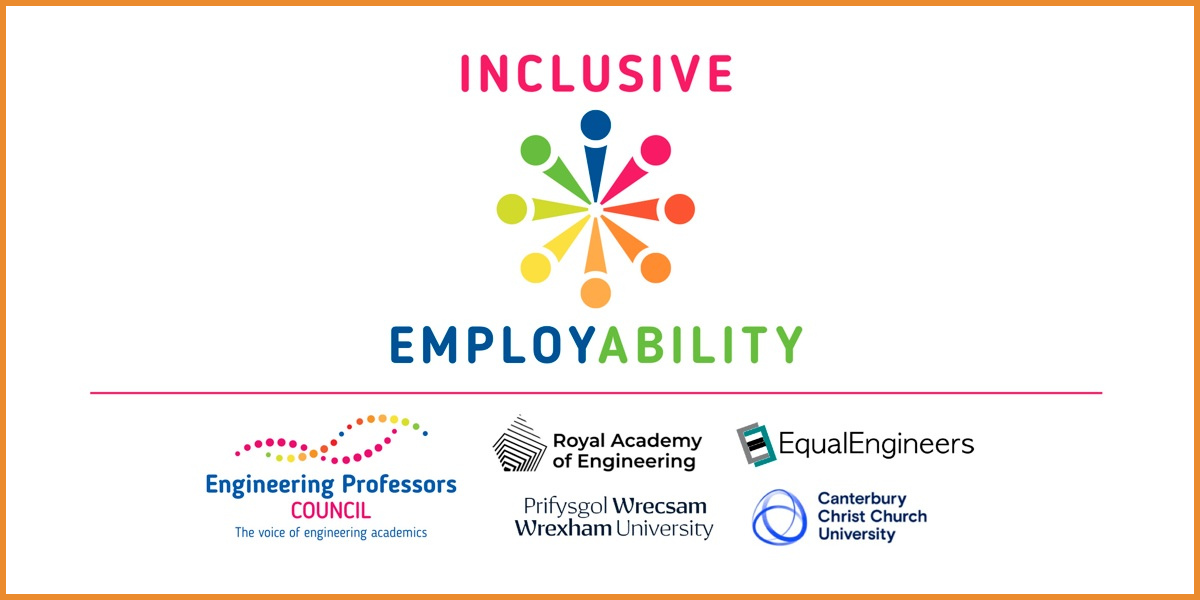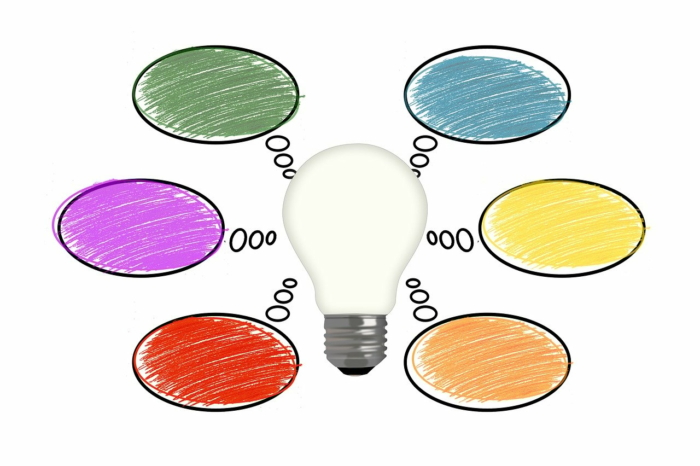
Objectives: This activity aims to raise awareness of language’s impact in professional settings, particularly for underrepresented groups. Students will explore verbal and non-verbal communication to foster an inclusive environment. Students will receive strategies for handling challenging situations and building confidence in interactions with leaders, and managing conflicts.
Introduction: This activity explores how language, both verbal and non-verbal, impacts professional settings, particularly for underrepresented groups. Through video insights and practical strategies, students will learn to navigate difficult conversations, address microaggressions, and build confidence in communicating with leaders. The activity also highlights the role of gendered language in interviews and recruitment, encouraging inclusive and self-aware communication in the workplace.
Topic: Building confidence and inclusion through mindful communication in the workplace.
Keywords: Equity, Diversity and Inclusion; Communication; Students; Mentoring; Job or career impact; Early careers; Engineering professionals; Curriculum or course; Personal or professional reputation; Societal impact; Social responsibility; Corporate social responsibility; Higher education institutions; Apprenticeships or work based learning; Leadership or management; Gender.
Navigating difficult workplace conversations
In the video below, Abisola Ajani, a process technology engineer and founder of BW, highlights the critical role of communication skills in effectively navigating challenging workplace conversations.
Video summary:
Abisola Ajani, a process technology engineer and founder of BW, emphasises the importance of skills for navigating difficult workplace conversations.
Key insights:
💡 Importance of communication skills: Effective communication in engineering helps convey expertise and resolve conflicts, making it vital for career success.
⏸️ Power of pausing: Taking a moment to pause during tough conversations allows for clearer thinking and more productive responses, promoting better outcomes.
🤝 Role of mentorship: Seeking guidance from mentors equips individuals with strategies and confidence to tackle challenging discussions, enhancing professional growth.
🤔 Valuing past experiences: Skills gained from previous jobs, even in unrelated fields, can be leveraged in engineering roles, demonstrating that every experience contributes to personal development.
✨ Growth through mistakes: Embracing the inevitability of mistakes in difficult conversations encourages continuous improvement and resilience in professional settings.
🌍 Diversity and inclusion: An inclusive environment empowers individuals to express their authentic selves, leading to greater innovation and collaboration within teams.
💪 Empowerment through visibility: Initiatives like BW highlight the importance of representation in engineering, inspiring future generations of diverse engineers to thrive.
Resources:
Thriving Together Series: Strengthening Diversity and Inclusion through Communication
This resource emphasizes communication’s role in fostering diversity and inclusion at work. It covers:
- Encouraging employee-led conversations: Initiating discussions on personal experiences and global issues in a supportive, judgment-free environment.
- The importance of pronouns: Respecting and using pronouns to promote inclusivity and acknowledge identities.
- Addressing aggressions and microaggressions: Identifying and mitigating the impacts of aggressions and microaggressions in professional settings.
“I” versus “We”
Interviews can be stressful, often reinforcing learned gender habits in language use. Women tend to use “We” instead of “I” for work they have done, and use hedge words like “think” due to societal expectations of modesty and humility. Men, on the other hand, typically use “I” and fewer hedge words, reflecting societal norms of assertiveness and leadership.
If you catch yourself using “We” when you mean “I,” pause and correct it, but explain it’s a habit from societal norms. Both “We” and “I” answers are important: “We” for teamwork, “I” for leadership and initiative.
Employers we recommend you recognise that “We” and “I” can be interchangeable for many women and some cultures, and understand the biases involved.
Gender Decoder
The Gender Decoder analyses job descriptions to identify and correct gendered language, promoting gender-neutrality and inclusivity in recruitment. Try it to see how small language changes can foster a more inclusive work environment.
This work is licensed under a Creative Commons Attribution-ShareAlike 4.0 International License.
Any views, thoughts, and opinions expressed herein are solely that of the author(s) and do not necessarily reflect the views, opinions, policies, or position of the Engineering Professors’ Council or the Toolkit sponsors and supporters.
Please note: Discussions around discrimination, prejudice and bias are highly complex and part of a much wider national and international debate, including contested histories. As such, we have limited the scope of our resources to educating and supporting students.
The resources that the EPC and its partners are producing in this area will continue to expand and, if you feel there is an issue that is currently underrepresented in our content, we would be delighted to work with you to create more. Please get in touch.




